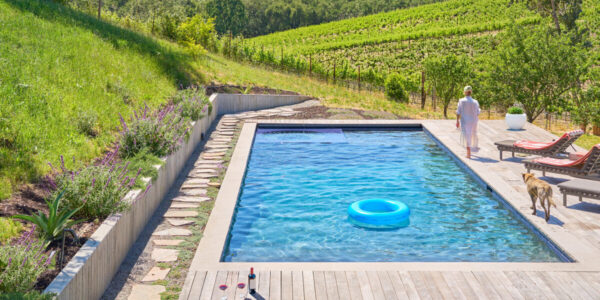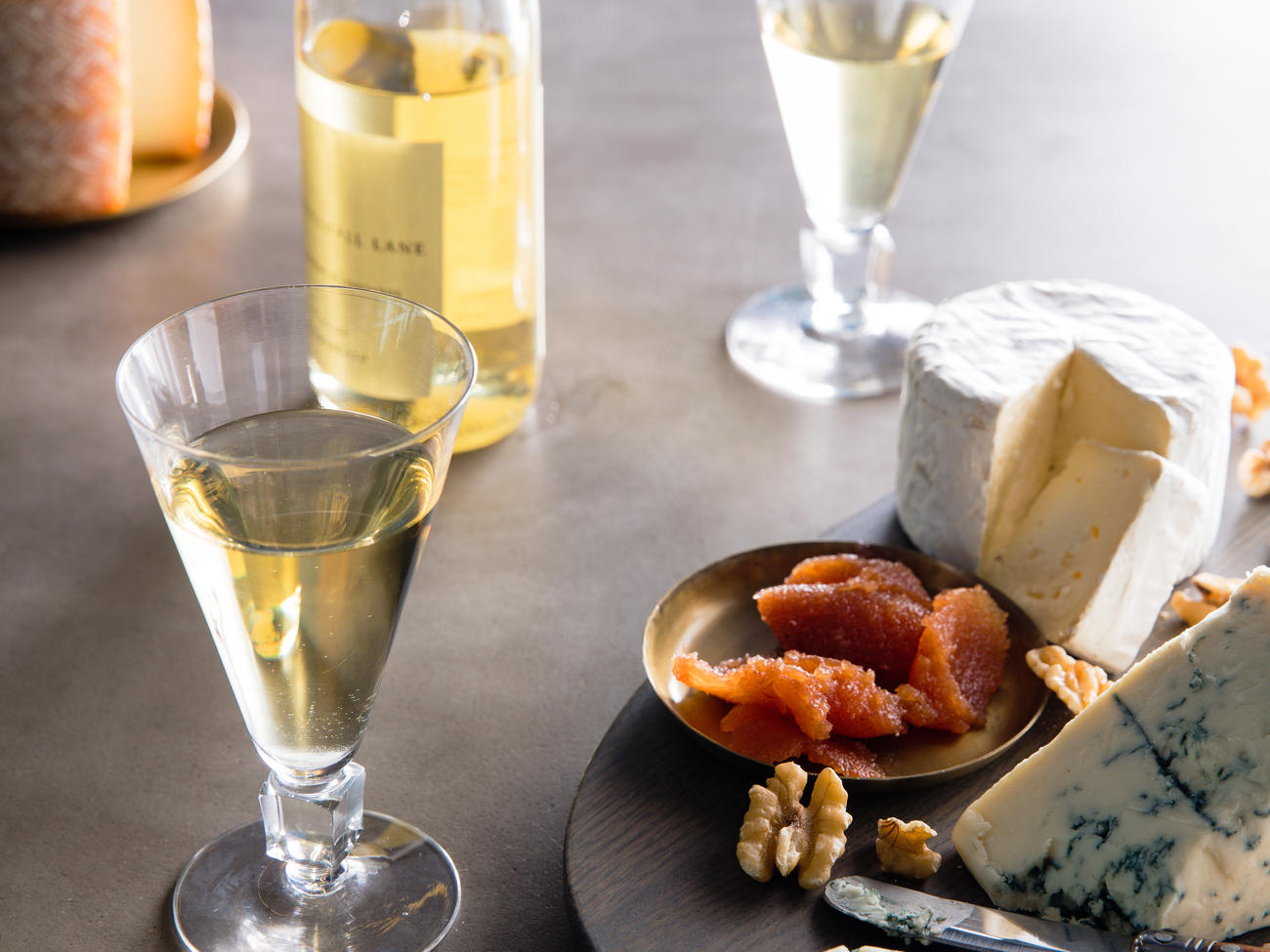
The Best Dessert Wines & Pairings

There’s an old saying about wine drinkers in this country: We talk dry but drink sweet—meaning that we secretly prefer wines with a little sugar left in them after the fermentation has been stopped. Brushing aside the snarky judgment buried in that, my contention is that we actually don’t drink sweet enough. Yes, we love our red blends that are soft and sippable because they have a smidgen of sugar. But we shun truly sweet wines—which leaves us missing out on the West’s exquisite dessert wines.
I’m not talking about sweet fortified wines here (port, sherry, and the like), although those are also worthy of their share of today’s highly allocated carbs. I’m talking about late-harvest whites whose berries, in the Old World tradition, have been left on the vine until their sugar levels are high and their fruit flavors have morphed into the realm of dried stone fruit and tropicals.
Merry Edwards, legendary Sonoma winemaker who crafts a beautiful sweet Sauvignon Blanc, explains her inspiration: “I have always been enamored with the great late-harvest wines of the world—the best Sauternes and Trockenbeerenauslese.” The former is the famed sweet white of Bordeaux, the latter (“TBA” for short) the sweetest of the German whites, both made from grapes that have been infected with the ominous-sounding fungus Botrytis cinerea, or “noble rot.” In the process of drying and shriveling the grapes, botrytis leaves behind rich honeyed flavors and a haunting minerality—qualities key to the reputations of both wines.
